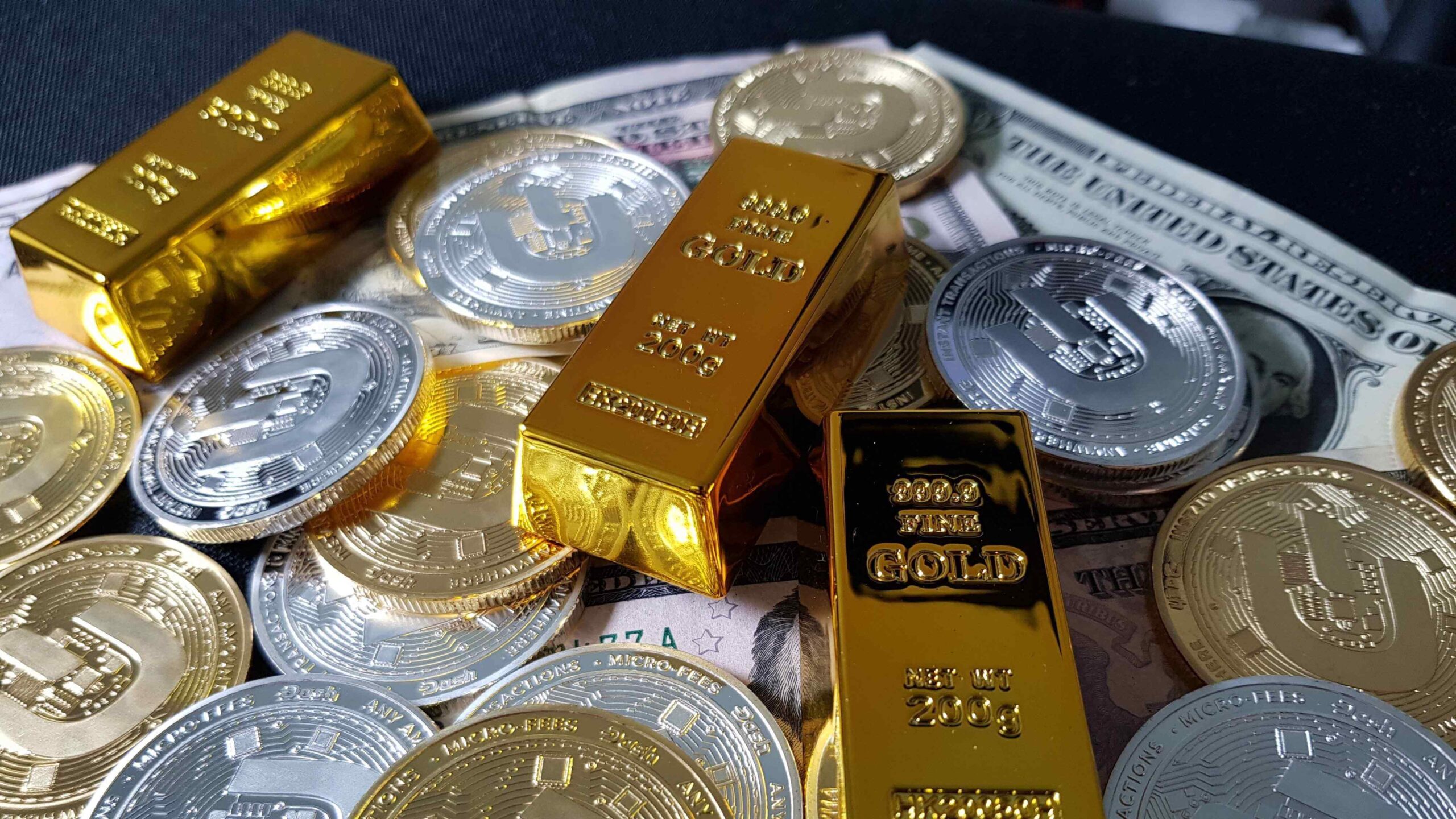As metals go, gold and silver are both attractive to investors. Both are less expensive to store and more valuable. However, there are some key differences between the two. This article will discuss the differences and how they affect the price of each. In addition, you’ll learn why it’s best to keep your gold and silver separate.
Contents
1. Less Expensive To Store Than Gold
While gold is considered to be the most valuable precious metal, there are many benefits of storing silver instead of gold. While gold is used primarily for large purchases, silver is more practical for smaller financial needs. Every investor should have a small quantity of silver stored in their possession.
It’s also easier to store and transport, but make sure you read through these Lear Capital reviews before making any financial decisions. Silver is a good conductor of heat and electricity. This property makes it a great store of value.
Unlike gold, it does not have counterparty risk and does not depreciate in value as paper currencies do. Silver is also used in many other industries, from electronics to medicine. It is also an excellent antimicrobial, as its ions can penetrate the cell wall of bacteria and break chemical bonds essential for their survival. Silver is less expensive than gold, but the downside is that it requires more space.
This means it’s a good choice for people who want to purchase small amounts for a short period of time. Silver is also an excellent long-term hedge against inflation, and it’s easier to store. Because it is less valuable than gold, investors are able to take advantage of price rallies and growing industrial demand.
2. More Valuable Than Gold
There are some key differences between gold and silver. Although gold is rarer, it is also more valuable than silver. The difference lies in the quantity of each metal that is mined. While gold is produced at an astronomical rate, silver is mined at a fraction of that rate. Additionally, about 70% of silver is produced as a by-product of other metals, making it less responsive to demand changes.
This means that gold is a more attractive investment when you’re looking for a long-term hedge, while silver is more attractive for short-term fluctuations. As a result of this, the price of gold is considerably higher than that of silver However, if you’re planning to buy gold and silver, they can provide a well-rounded investment strategy that balances long-term stability with short-term gains.
This is because gold has a greater density than silver, so a given volume of gold is worth much more than an equivalent volume of silver. This difference is further highlighted in the markup that a retailer places on physical gold. Investors in precious metals want to purchase the metal at a price that reflects the current spot price. The demand for silver is likely to remain high.
According to this article, the scrap supply of silver peaked in 2012 at 208 million ounces and has since been hovering around 150 million ounces. This is 28 million ounces less than the peak that is expected in 2022. This means that silver will likely remain more valuable than gold in the next few years.
3. More Valuable
Despite being relatively similar in value and price, gold and silver are fundamentally different. Although they both have their benefits, silver is much more widely accessible than gold and is considered more valuable overall. It also has more stable prices than gold, which is why silver is more attractive to investors during periods of economic stability.
Silver has a long history, dating back to the 12th century, and is now an important player in the precious metals market. When it first appeared, silver was widely used in everyday items, including flatware, vases, jewelry, and decorative accents. In recent years, the value of silver has increased significantly.
Silver is used in everything from hairbrushes and surgical instruments to flatware and decorative accents. Gold and silver prices are based on various factors, including the demand for them in various markets. As silver has more industrial applications than gold, its prices are also influenced by the overall economy.
4. More Volatile
Silver and gold are both safe investments, but each has its own advantages and disadvantages. Historically, silver has had higher volatility than gold. In fact, it’s been more volatile than gold over the last 50 years. While this can benefit traders, it can also make portfolio management more challenging.
Conclusion
In a nutshell, increased volatility means larger short-term gains and greater downside risk. One of the biggest differences between gold and silver is the price (https://www.bankrate.com/investing/gold-vs-silver/). Gold is about 70 times more expensive than silver, but it’s a relatively stable long-term investment.
In contrast, silver prices are highly volatile, with short-term price swings attracting plenty of attention. In addition, silver is a much smaller market than gold, which means that it’s less likely to be affected by the whims of the stock market.





